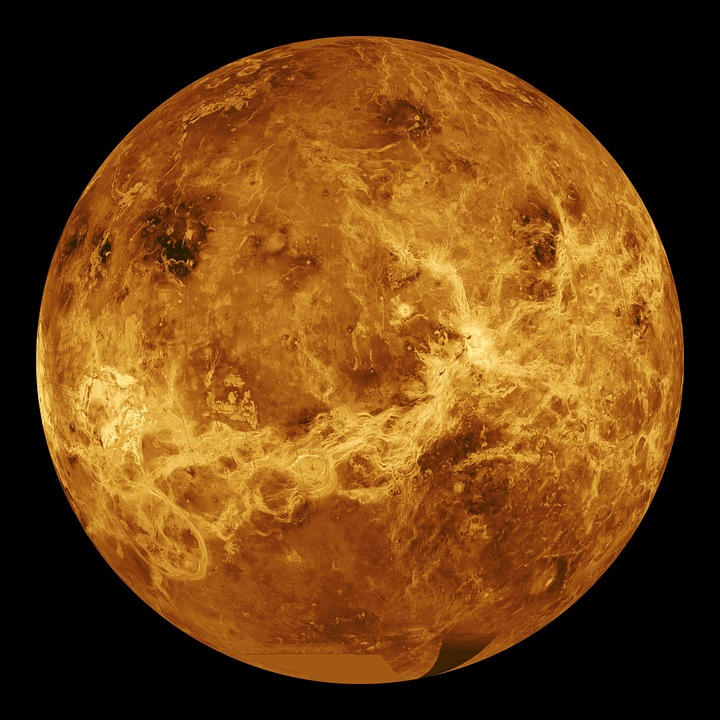It was around a few days back that researchers detected the presence of phosphine in the atmosphere of Venus. The discovery is considered a landmark finding in the alien hunt, as researchers claimed that the presence of phosphine in the Venusian atmosphere could be hinting at the existence of life in that hostile world. Taking a cue from the results, NASA, the United States space agency, is apparently considering to launch a mission to Venus, in an attempt to find substantial evidence of life, if any.
Space Race is On
Now, Dmitry Rogozin, head of the Roscosmos, has claimed that Venus is a Russian planet. Rogozin made it clear that Russia is also planning to send its new mission to Venus, in addition to the United States. Interestingly, Russia is the only country that successfully landed a probe on Venus, which is a very hostile space body with a poisonous environment.

"We think Venus is a Russian planet, so we should not lag behind. The Soviet Union was the first and only to land a spacecraft on Venus. The spacecraft gathered information about the planet – it's like hell there," Rogozin told the Toss News Agency.
Did Russia Find Alien Evidence in Previous Venusian Missions?
It was in 1981 that the Soviet Union launched the Venera 13 probe to explore the surface of Venus. The mission was carried out at a time when the space race between the United States and USSR was its peak, and all the details regarding this probe were maintained confidentially by the Soviet Union.
After 40 years, it was claimed that Russia had discovered authentic signs of alien life on Venus using data and images gathered by the Venera 13 probe. The claims were made by a Russian scientist named Leonid Ksanfomaliti. In his paper published in the journal Solar System research, Ksanfomaliti claimed that an alien creature was spotted in an image taken by the Venera probe from Venus.
Ksanfomaliti also claimed that the creature spotted on the Venusian surface had all the morphological features of a living being, that includes, a scorpion-shaped body, a disc, and a black flap, that moved when the camera recorded the scene.









